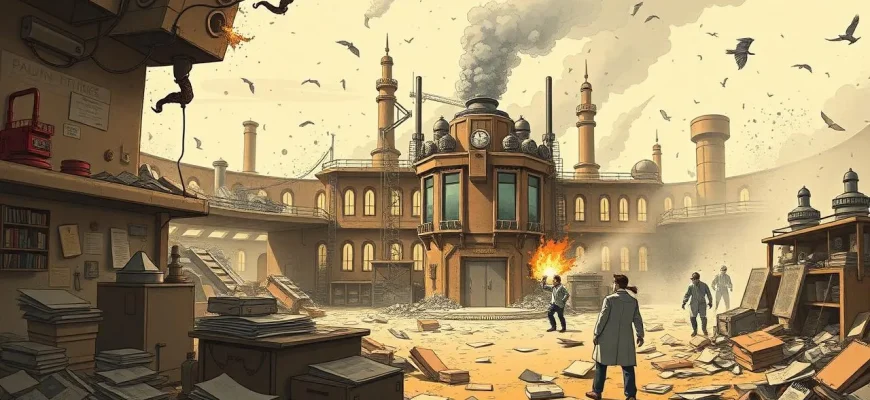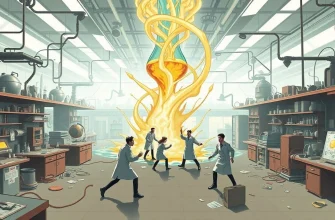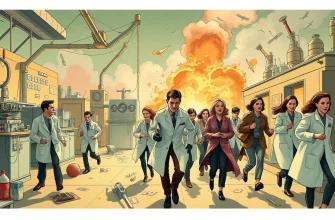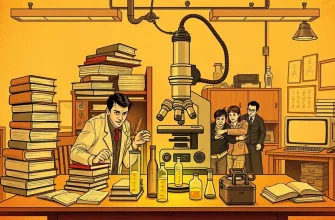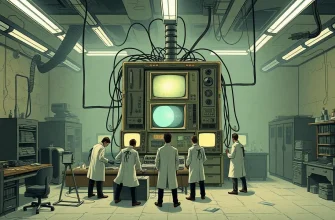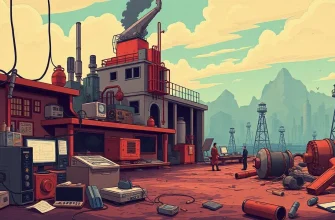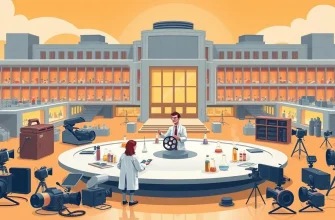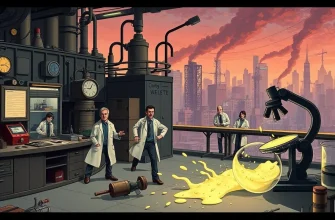Disaster films have a unique way of gripping audiences with their high-stakes scenarios and often, the backdrop of a research facility adds an extra layer of tension. These films not only showcase the potential perils of scientific exploration but also delve into human resilience and ingenuity in the face of overwhelming odds. Here's a curated list of 10 films that perfectly encapsulate the theme of disasters in research settings, offering a thrilling blend of suspense, drama, and sometimes, a touch of the supernatural.

The Andromeda Strain (1971)
Description: A team of scientists in a high-tech underground lab must stop a deadly alien microorganism from wiping out humanity. It's a suspenseful look at how research facilities can be both a sanctuary and a prison.
Fact: The film was based on Michael Crichton's novel, which was inspired by real-life biological threats.
 Watch Now
Watch Now

The Fly (1986)
Description: A scientist's teleportation experiment goes horribly wrong in his lab, leading to a grotesque transformation. It's a chilling reminder of the potential dangers lurking in research facilities.
Fact: The film's special effects were groundbreaking at the time, earning an Academy Award nomination.
 Watch Now
Watch Now
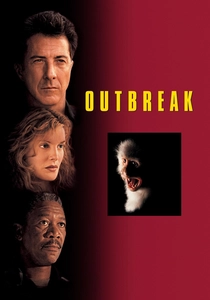
Outbreak (1995)
Description: Although primarily about a viral outbreak, the film includes scenes in research labs where scientists race to find a cure, showcasing the tension of working in such environments.
Fact: The film was released during the Ebola outbreak, adding to its real-world relevance.
 Watch Now
Watch Now

Event Horizon (1997)
Description: A rescue mission to a research vessel that disappeared into a black hole turns into a nightmare. This film combines space exploration with the horrors that can be unleashed from experimental research.
Fact: The film was initially much darker, but some scenes were cut to secure a less restrictive rating.
 Watch Now
Watch Now
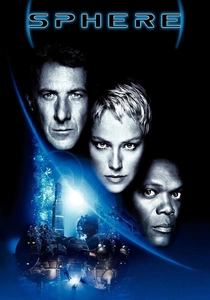
Sphere (1998)
Description: A team of scientists explore a mysterious spacecraft at the bottom of the ocean, leading to psychological and physical disasters. The film explores the theme of human interaction with unknown entities in a research setting.
Fact: The film was based on Michael Crichton's novel, known for his scientific thrillers.
 Watch Now
Watch Now
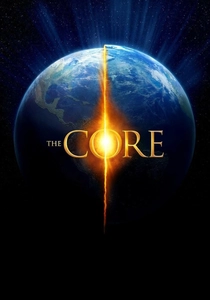
The Core (2003)
Description: When the Earth's core stops spinning, a team of scientists must drill to the center to restart it. This film is a prime example of how research facilities can be at the heart of global catastrophes.
Fact: The film's concept was inspired by a real scientific theory about the Earth's core potentially stopping.
 Watch Now
Watch Now
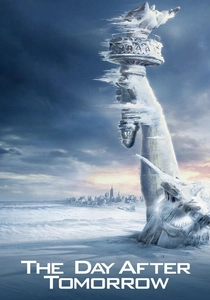
The Day After Tomorrow (2004)
Description: While not exclusively set in a research facility, the film features scientists at the National Oceanic and Atmospheric Administration predicting and then dealing with a sudden global weather catastrophe.
Fact: The film was criticized for its scientific inaccuracies but praised for its visual effects.
 Watch Now
Watch Now
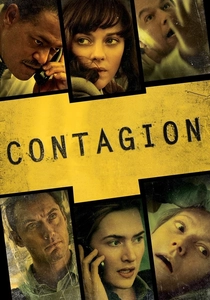
Contagion (2011)
Description: This film delves into the global response to a deadly virus, with significant scenes set in research labs where scientists work tirelessly to understand and combat the disease.
Fact: Steven Soderbergh directed this film, which eerily predicted many aspects of the later real-world pandemics.
 Watch Now
Watch Now
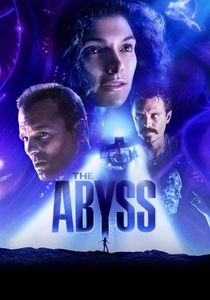
The Abyss (1989)
Description: A deep-sea drilling platform becomes the stage for an encounter with an alien species, leading to a race against time to save the crew. The film explores themes of isolation and survival in a research setting.
Fact: James Cameron directed this film and famously spent time in a submersible to get the underwater scenes right.
 30 Days Free
30 Days Free

DeepStar Six (1989)
Description: A group of researchers at an underwater military facility face a mysterious creature and the threat of flooding. It's a classic tale of human hubris and nature's retaliation.
Fact: The film was one of the first to use CGI for underwater scenes.
 30 Days Free
30 Days Free

